In the hands of an artist, a sketchbook is more than a collection of pages. It’s a trusted confidant, a quiet provocateur, a patient teacher. On Figurative Friday, we don’t just sketch forms—we embody ideas, channel emotions, and reflect on the messy, magnificent process of creation. And what better lens to explore that through than the 8 Pages of Sketchbooking—our framework for depth, discipline, and discovery.
Let’s turn the page—eight times—and see where it leads.
Page 1: The Entry Point – Gesture and Intention
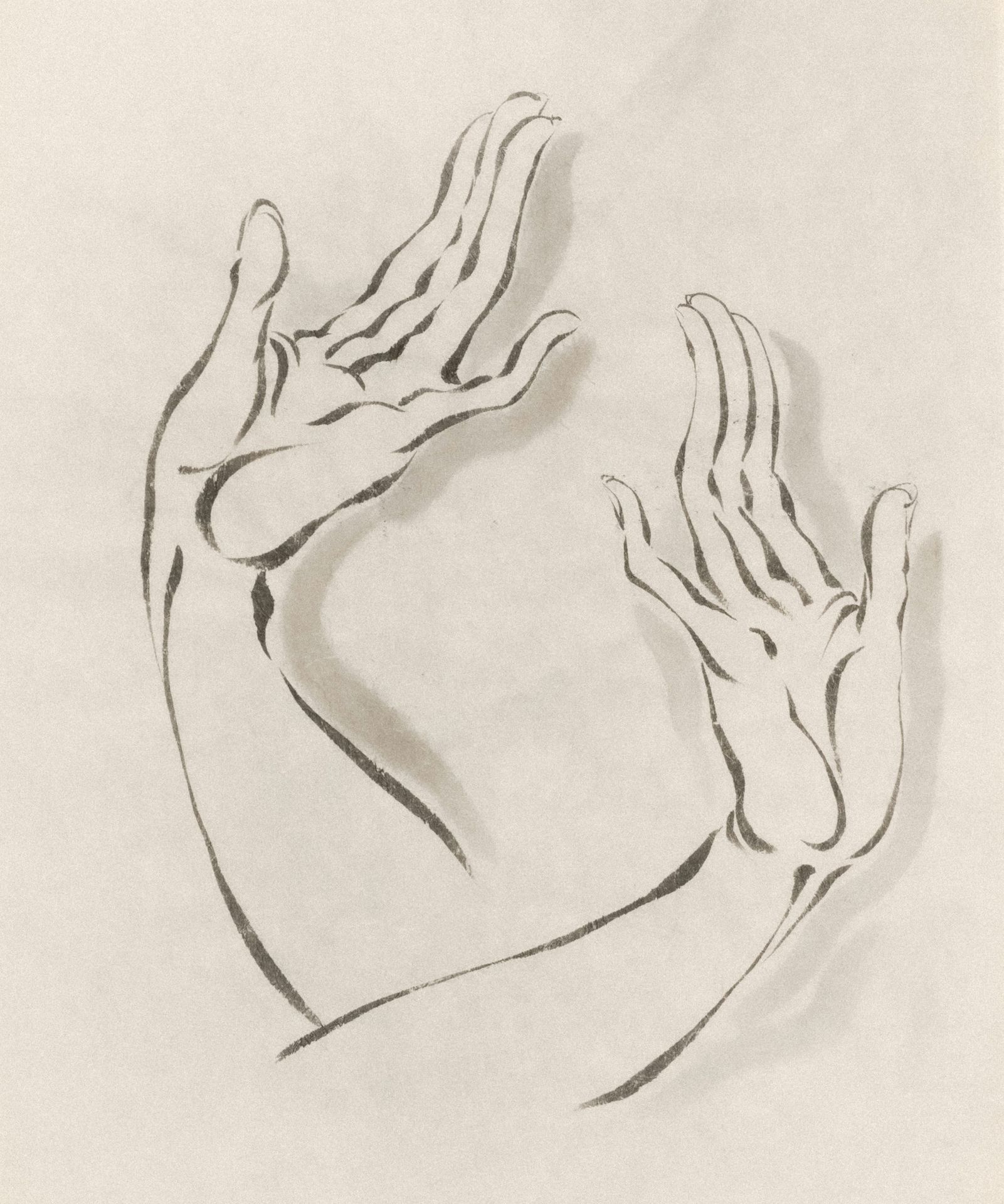
Every journey starts with movement. Our first sketchbook page is about gesture, that immediate, intuitive capturing of energy. Gesture drawing is more than warm-up; it’s your artistic fingerprint in motion. Quick, loose strokes translate fleeting impressions into marks of clarity.
Here, we ask ourselves: What does it feel like to see?
This is where figurative drawing becomes visceral. A bent spine, a splayed hand, the tilt of a head mid-laugh—none of it needs to be perfect. In fact, imperfection is welcome. The first page whispers, “Don’t think. Just feel.” It teaches trust—trusting your eye, your line, and your instinct.
Page 2: Construction – Form Beneath the Surface
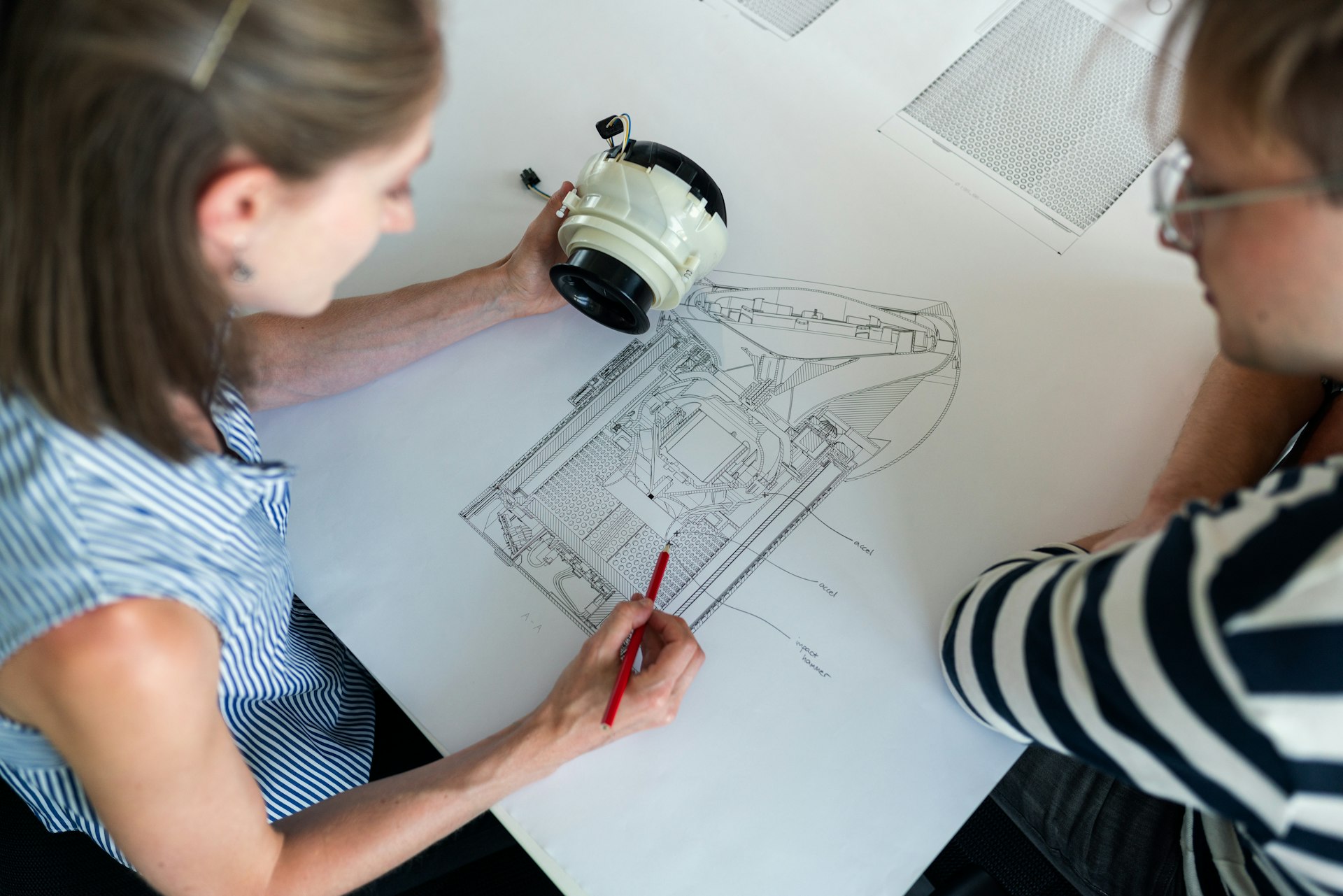
Now that we’ve danced with gesture, we anchor ourselves in structure. This page peels back the illusion of the figure and reveals the geometry beneath. Cylinders for limbs. Cubes for torsos. Spheres for joints.
Here, we pause and analyze: How is the body built?
It’s a dialogue between precision and perception. You’re not copying a figure—you’re constructing it. You learn to see the skeleton under the skin, to feel volume in space. Page 2 is often where frustration lives, but also where breakthrough begins. Mastering construction is an act of discipline, and that discipline liberates us later.
Page 3: Anatomy – Learning the Machine
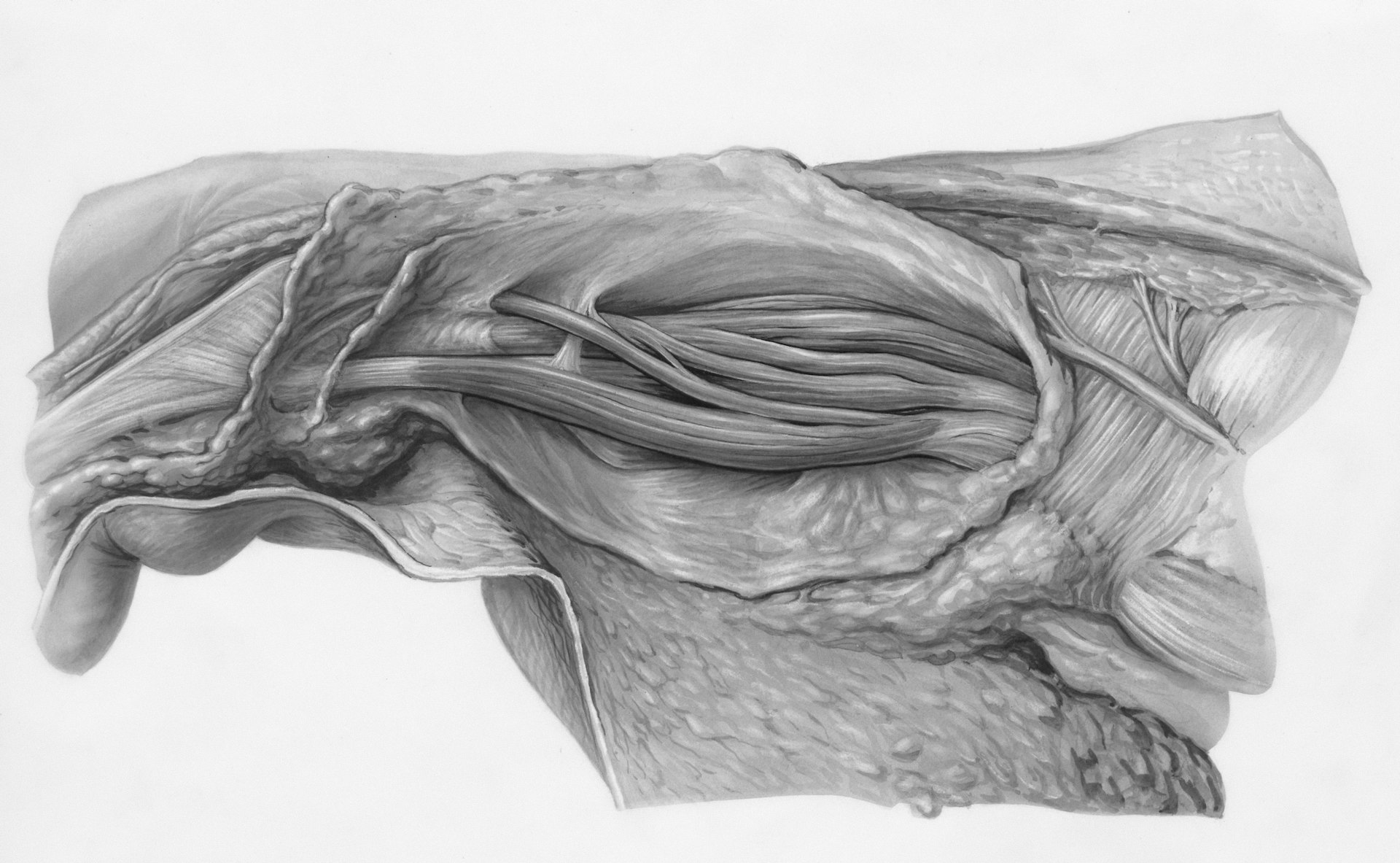
Once the scaffolding is in place, the anatomy begins. Page 3 dives deeper: deltoids, sternocleidomastoids, the long stretch of the sartorius. It’s technical. It’s detailed. And it can feel overwhelming.
But here’s the secret: You don’t need to know everything—just enough to care.
We study anatomy not to memorize, but to empathize with the body. Muscles are storytellers. A clenched fist has a different anatomical tension than a resting hand. This page is a study in observation and devotion. Trace real bodies. Copy anatomy plates. Mix reference with imagination. Slowly, you’ll see beyond the surface.
Page 4: Volume and Light – Shaping the Illusion

As your figures gain accuracy, they also deserve volume. Page 4 introduces light—the silent sculptor. Through shading, hatching, and value studies, we add dimension to flat forms. Light doesn’t just illuminate; it defines.
Ask yourself: Where is the light coming from? How does it wrap around the body?
This page can be meditative. It invites patience. Here, chiaroscuro meets contour. You start seeing light as shape, shadow as substance. It’s not just about copying tone; it’s about creating the illusion of weight. Suddenly, your figures don’t just exist on the page—they occupy space.
Page 5: Movement – Capturing Life in Motion
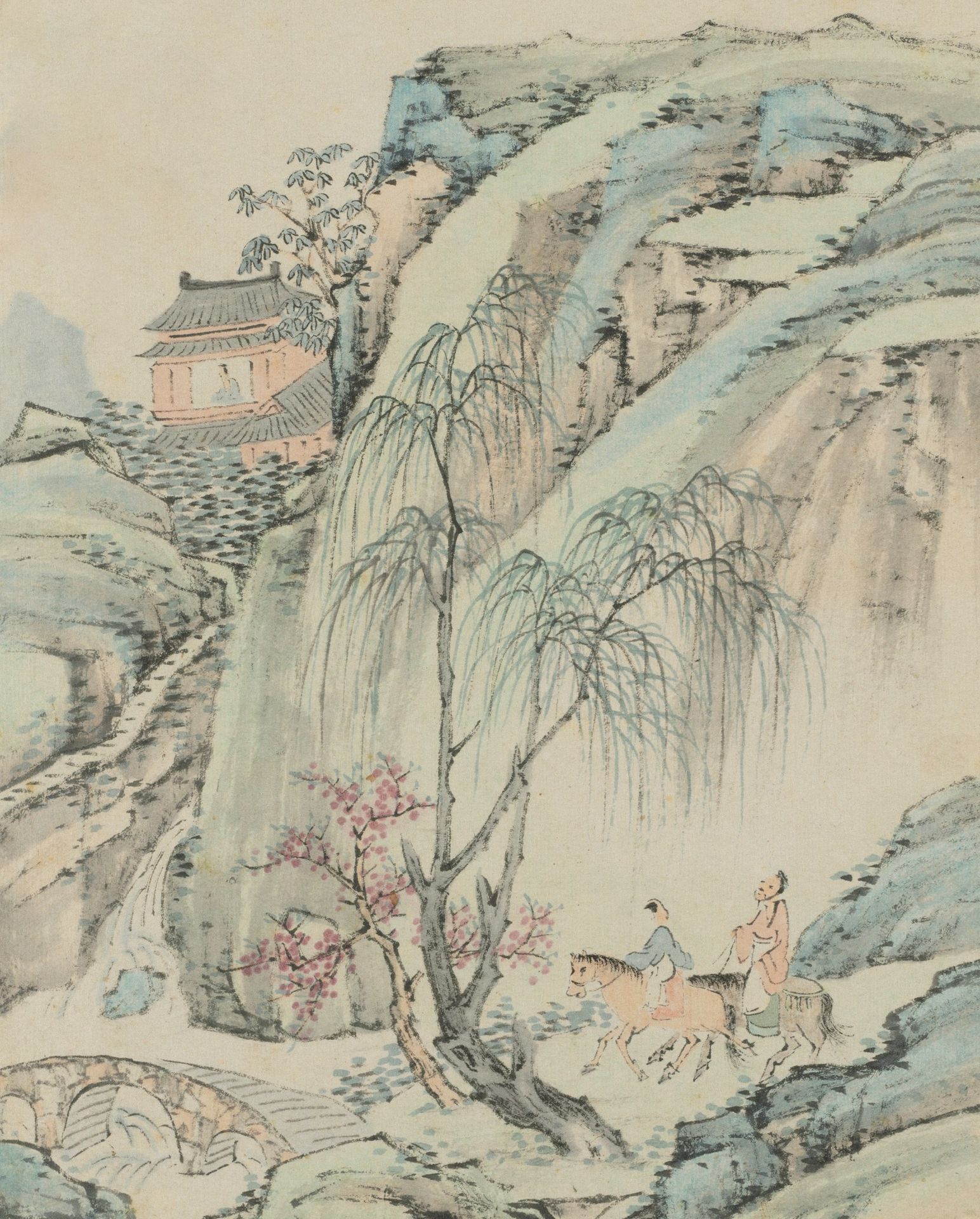
Now we return to energy—but this time with a foundation. Page 5 explores movement not just as gesture, but as narrative. This is where your figures begin to act. They leap, twist, reach, fall. You’re not just drawing poses; you’re telling stories.
This page begs: What happened just before this moment—and what’s about to happen next?
Using sequential frames, action lines, or rhythm studies, you explore tension and release. It’s a cinematic approach to figure drawing. Your characters breathe because they’re not static. This page is especially powerful when studying dancers, athletes, or anyone who speaks with their body.
Page 6: Character – Beyond the Generic
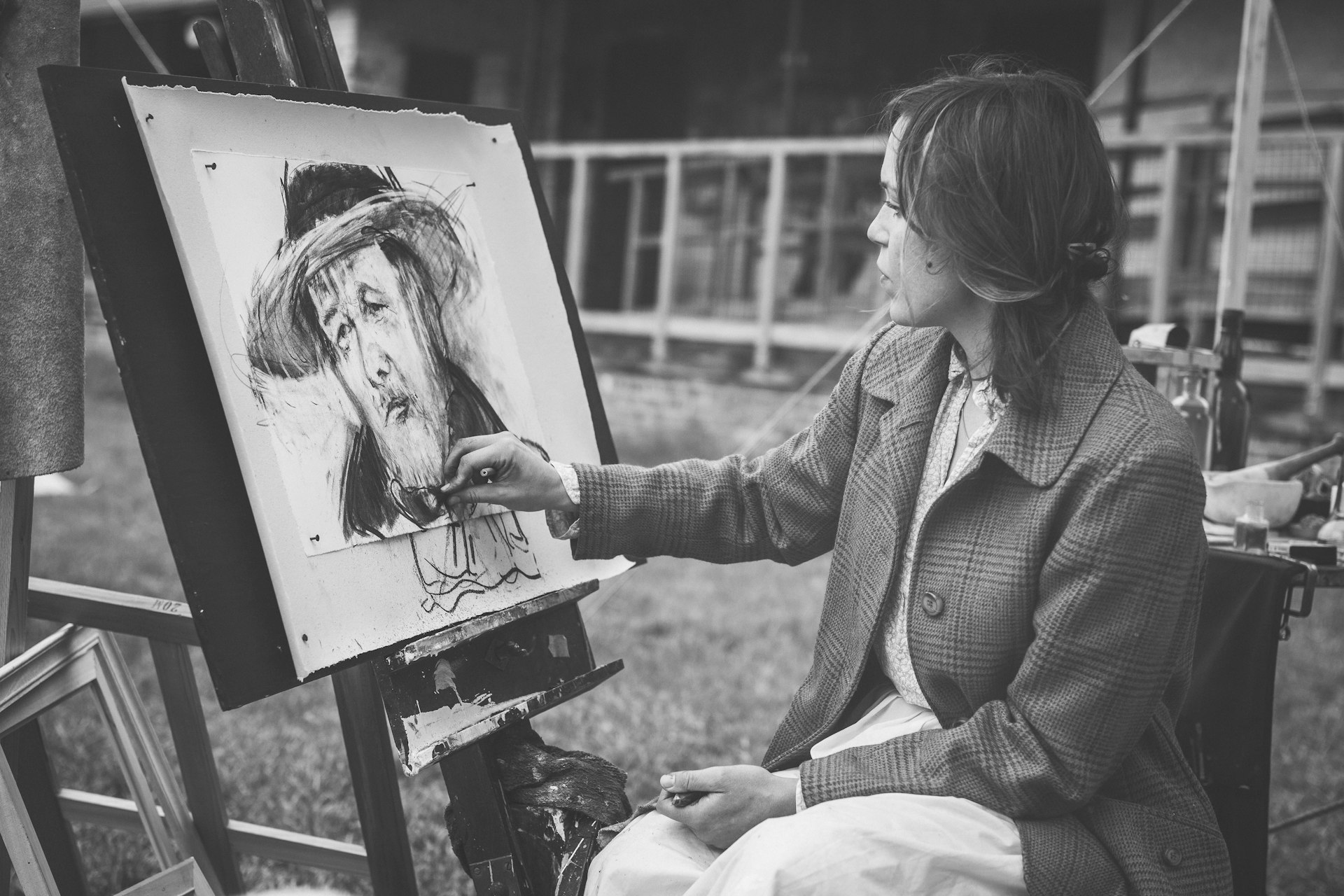
Page 6 is where the personal sneaks in. The technical gives way to the emotional, the archetypal to the individual. This is the page of character. Every wrinkle, scar, posture, and proportion now speaks of a life lived.
Challenge yourself: What makes this figure this figure?
Here, your sketchbook becomes biography. You might invent characters, or you might draw real people—friends, strangers, self-portraits. You study what makes someone distinct: a hunch, a hairstyle, a habitual gesture. It’s not just figure drawing anymore. It’s portraiture in body language.
Page 7: Stylization – Breaking the Rules on Purpose

After six pages of discipline, Page 7 invites rebellion. Stylization is where you reinterpret form through your own artistic lens. Elongate limbs. Exaggerate gestures. Abstract anatomy. Embrace the language of your style.
The question becomes: What do you want to say—and how do your marks say it?
This is where you test your artistic voice. Pull from animation, graphic novels, graffiti, surrealism. Allow play into the process. This page is often the most freeing—and the most revealing. It’s the fingerprint of your sketchbook, the page that says, “This is mine.”
Page 8: Reflection – The Archive of Growth
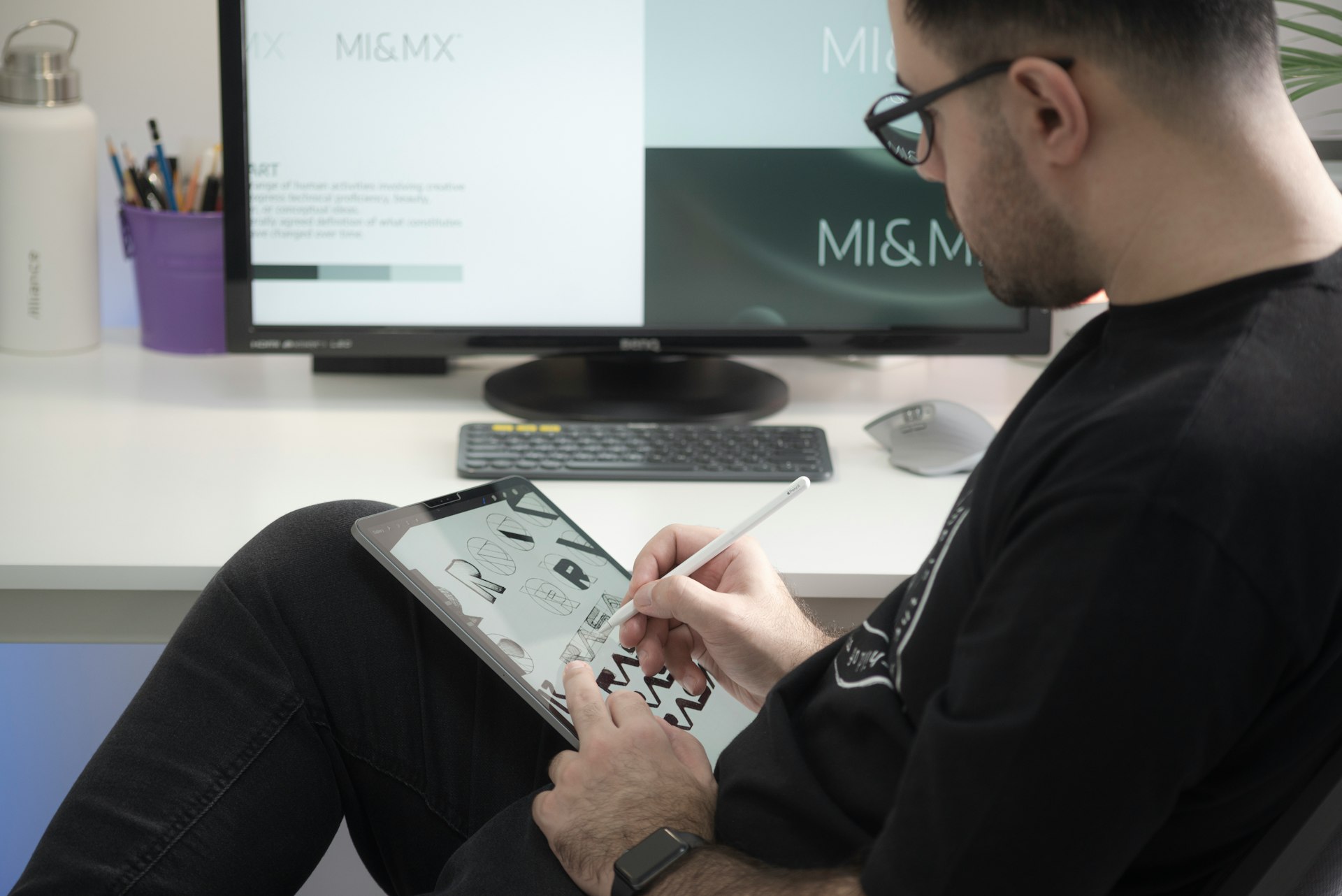
We arrive at the final page—not a finish line, but a mirror. This is the page of reflection. Here you annotate, collage, critique, write. You include failures and breakthroughs side by side. You look back to look forward.
Ask honestly: What did I learn—and what will I pursue next?
This page transforms your sketchbook into a living document. Maybe it’s a mosaic of cut-up attempts. Maybe it’s a journal entry overtop figure studies. Whatever form it takes, it’s a record of process. And process is everything.
Closing Thoughts: The Sketchbook as a Studio
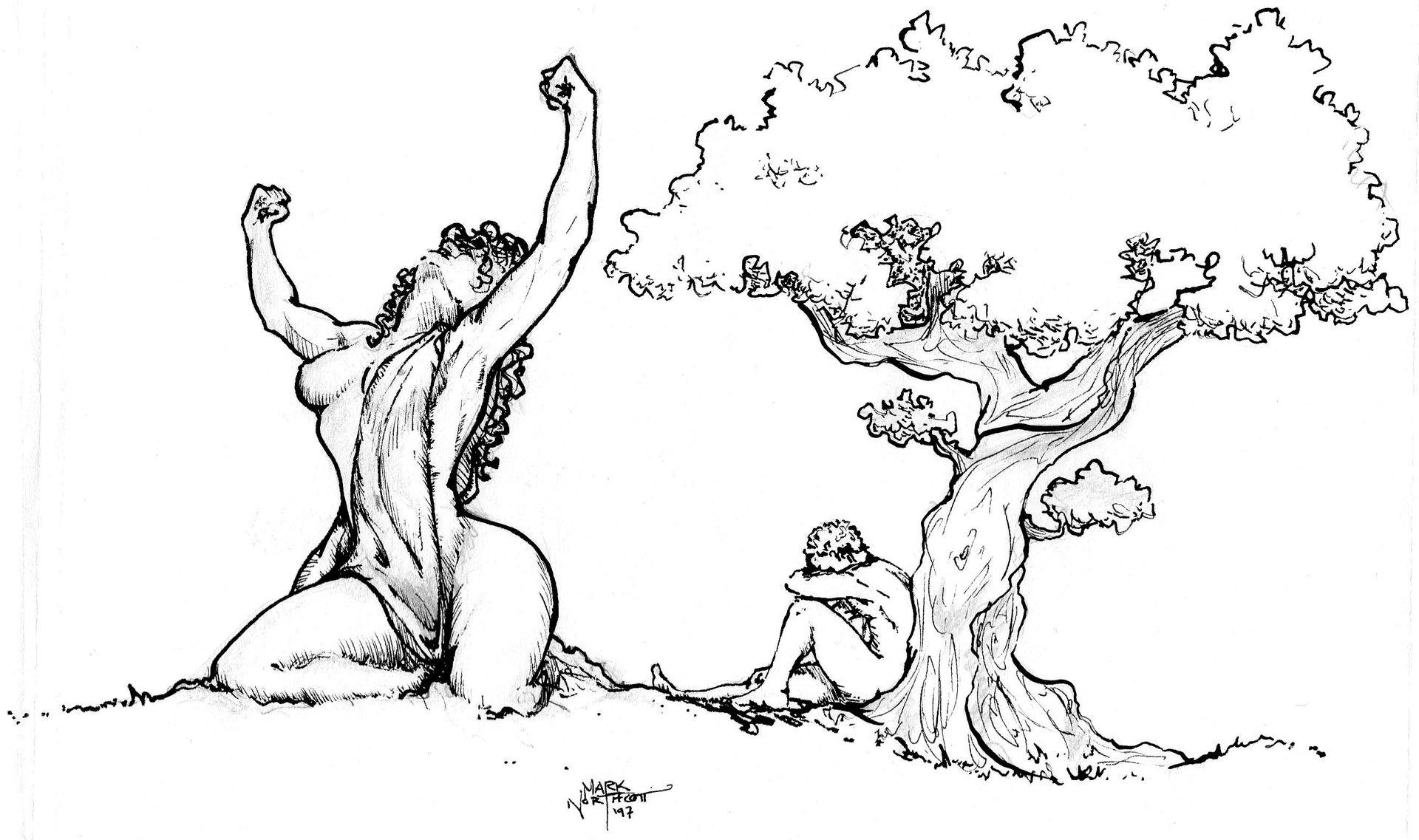
The beauty of the 8 Pages is that they’re not linear—they’re cyclical. You revisit gesture after anatomy, you rediscover stylization through structure. You get to build, break, rebuild.
A figurative sketchbook is not just about becoming better at drawing bodies. It’s about becoming more fluent in visual thinking. Every page is a rehearsal for ideas, an invitation to curiosity, a documentation of growth.
So as you sit down this Figurative Friday, remember: it’s not about creating masterpieces. It’s about showing up. Turning the page. Drawing through doubt. And ultimately, creating a body of work that understands the human body—one sketch at a time.